
Numerate Environment
Value Culturally Responsive Teaching
What does this mean?
“When considering mathematical teaching practices, it is important to consider the positive impact of culturally responsive teaching in order to better support all students in mathematics. Studies have shown that culturally responsive teaching, defined as teaching that leverages students’ cultural knowledge to facilitate learning, has positive effects on students’ learning. Furthermore , teachers having respect for cultural diversity positively influences students’ motivation to learn”
(Lombardi, P., 2018, p. 331)
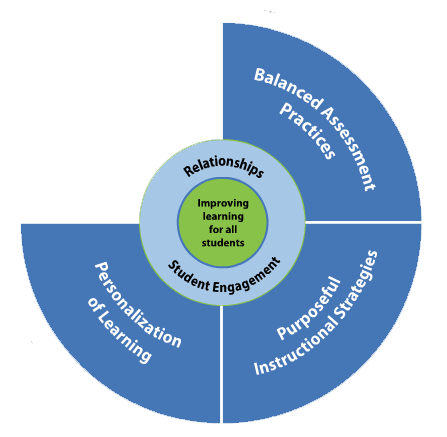
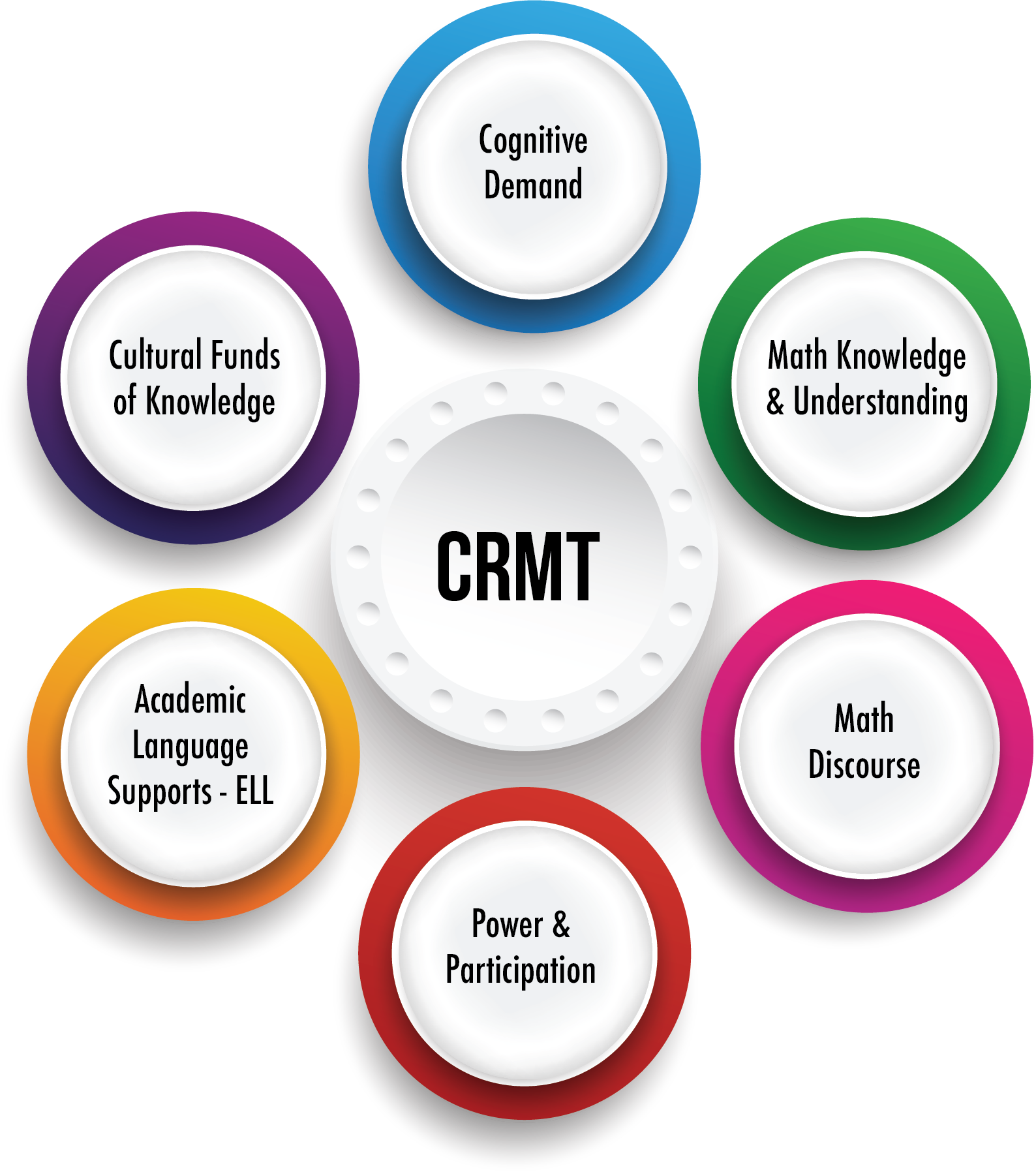
Aguirre 2009; Aguirre & Zavala, 2013; Kitchen, 2005; Leonard, Napp & Adeleke, 2009; Turner et al, 2012, Aguirre et. al, 2012 – redrawn for web
How do I Support This?
CONSIDER
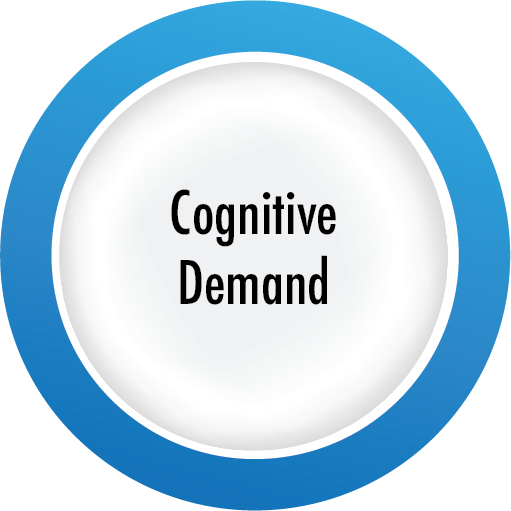
How does my lesson enable students to closely explore and analyze math concepts, procedures and reasoning strategies?
- Scaffolding math through peer support
- Using culturally familiar examples, manipulatives and hands-on activities
- Emphasizing “learn-as-you-do mathematics learning experiences, and in-class demonstrations and exercises. This mirrors the age-old apprenticeship system of knowledge and skill acquisition popular among Indigenous cultures” (Ezeife, 2011 p. 26)
- Using outdoor mathematics learning experiences and authentic resources. Examples: In our Own Words K-3; Grades 8-9
- Using stories in teaching. For example, sharing of bannock cake – use to introduce the relationships among the circumference, diameter, radius, and arc of a circle (Ezeife, 2011 p. 27).
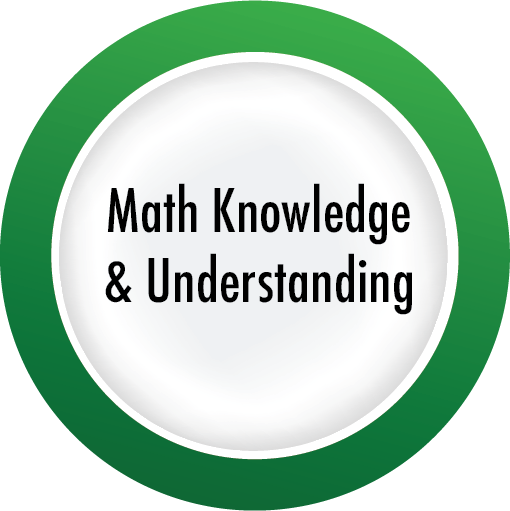
How does my lesson make student thinking/understanding visible and deep?
Fostering opportunities to learn with and through others– cooperative, collaborative and communal learning . (Ukpokod, 2011)
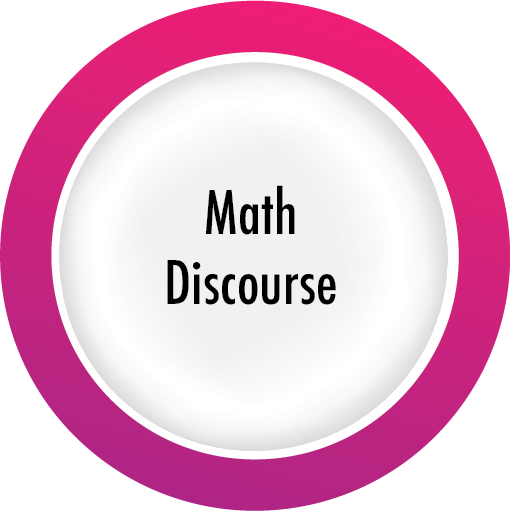
How does my lesson create opportunities to discuss math in meaningful and rigorous ways?
Engaging students in math conversations which include retelling, argumentation, justification, negotiation of meanings of concepts, and use of specialized mathematics vocabulary (Aguirre, 2015, Bresser, 2008).
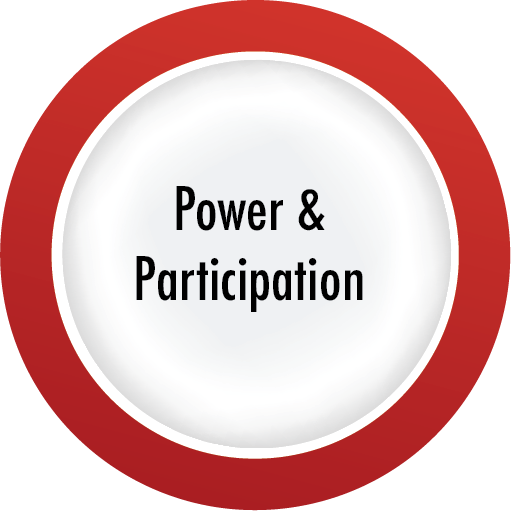
How does my lesson distribute math knowledge, authority, value student math contributions and address status differences among students?
- Creating awareness of the diverse cultures and backgrounds within classrooms.
- Setting up and guiding discussions with the expectation that all students participate in order to develop strong mathematical identities (Bartel et. al., 2017)
- Being open to differences in how mathematical concepts and procedures are represented in different countries and cultures (Ukpokodu, 2011, Perkins & Flores, 2002). For example:
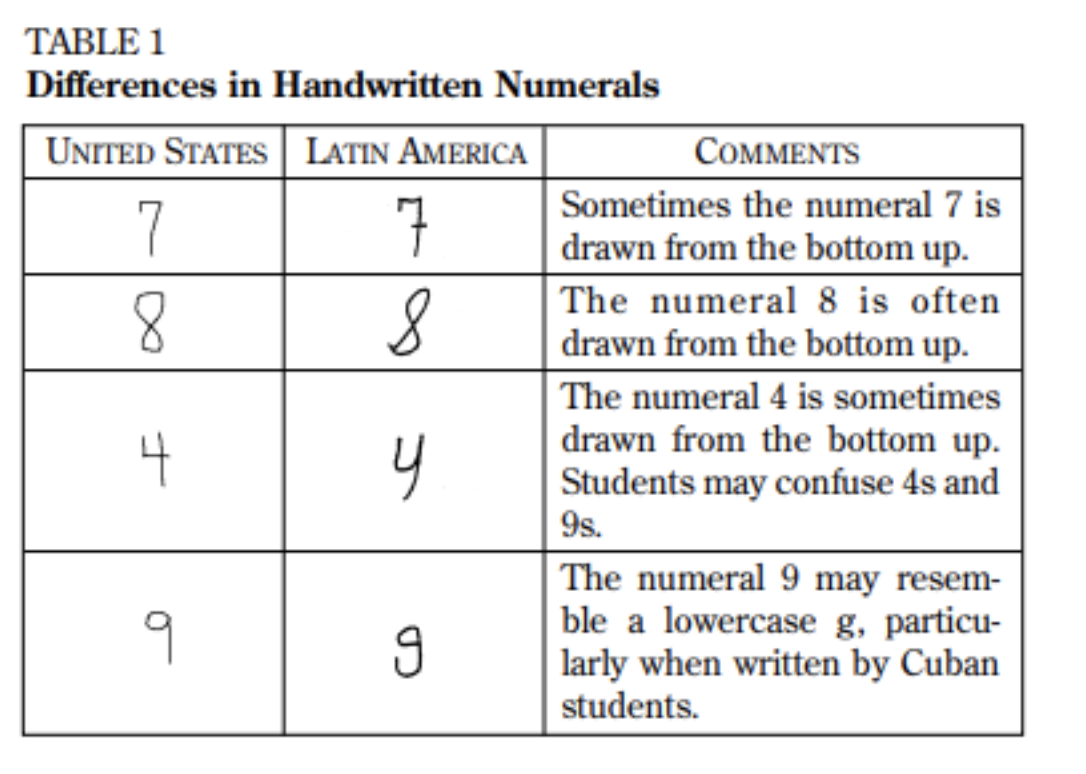
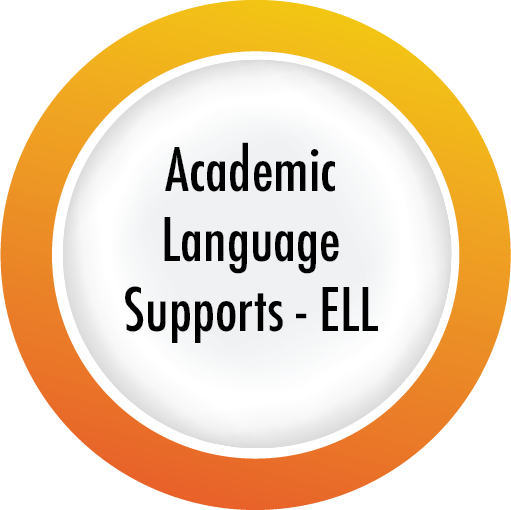
How does my lesson provide academic language support?
- Deliberate and continuous use of language supports for English language learners to be able to engage in math discourse. Strategies such as the use of graphic organizers and the deliberate teaching of vocabulary (Aguirre, 2015).
- Using synonyms for math words, such as subtract, take away, and minus (Bresser, 2008).
- Connecting symbols with words. “When strategies for problems are described, write the number sentences and point to the symbols (such as +, x, =), stressing the words in English (Bresser, 2008, p. 113).
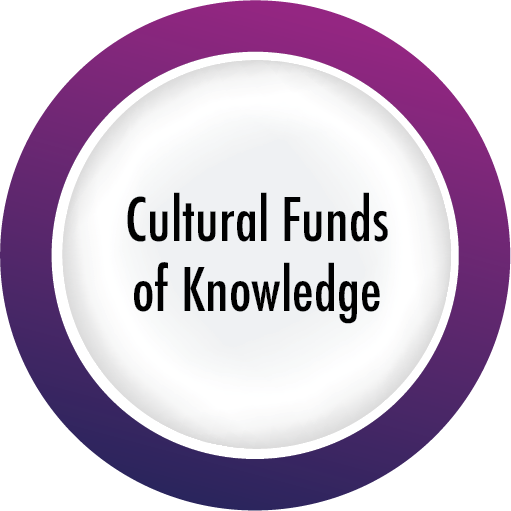
How does my lesson help students connect math with relevant/authentic situations in their lives?
- Establishing meaningful connections for students between mathematics skills and “content” and First Nations themes and topics. To be meaningful, connections must not only be identified at the outset of a teaching unit, but must be systematically revisited at appropriate intervals. For example: (Smith-Brillon, Marshall-Peer, Smith, Linkert, Brown , 2011, pp, 30-32; Ezeife, 2011)
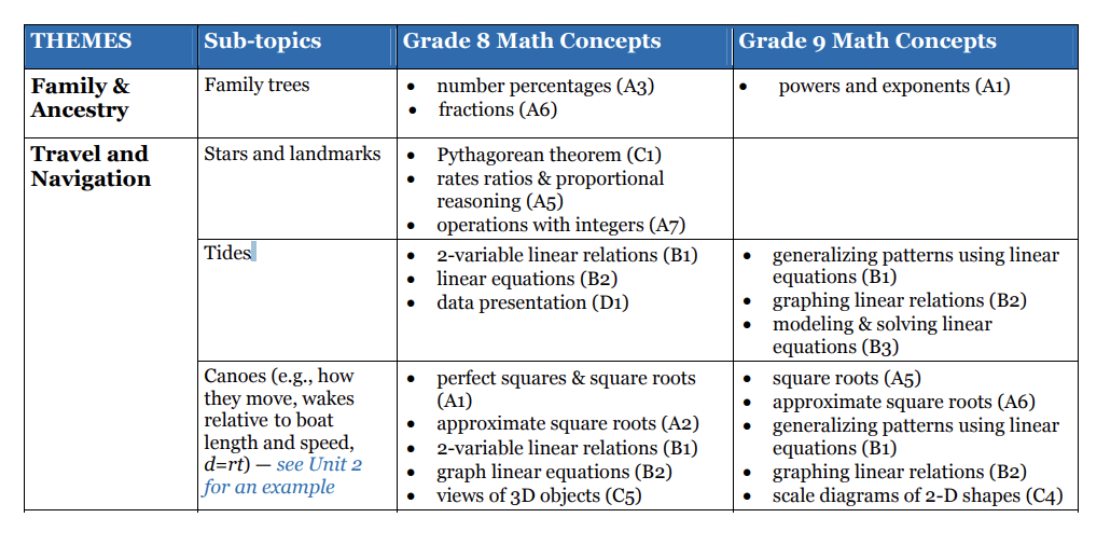
- Embedding problems into familiar contexts. “Integrating culturally relevant content and social issues into mathematics (examples, metaphors, perspectives from different cultural frames when examining concepts, theories, paradigms)” (Ukpokodu, 2011, p. 51; Aguirre, 2015, Bresser, 2008; Ezeife, 2011).
Teacher Professional Learning Resources:
Sign in as “guest” to access.
Resources to use with your Class and Students:
Children’s Literature
Bibliography and Further Reading
Aguirre, J. M. (2015, July 29). Enhancing the Common Core with Culturally Responsive Mathematics Teaching: Key Principles and Strategies. Lecture presented at Na#onal Council of Teachers of Mathema#cs Grades 3-8 Summer Institute in CA, Anaheim. Retrieved July 16, 2019, from https://www.nctm.org/uploadedFiles/Conferences_and_Professional_Development/Institutes/Grades_3-8_Mathematical_Practices/NCTM2015_Grade3-5Institute_Aguirre_Keynote_CRMT5.pdf
Bartell, T., Wager, A., Edwards, A., Battey, D., Foote, M., & Spencer, J. (2017). Toward a Framework for Research Linking Equitable Teaching with the Standards for Mathematical Practice. Journal for Research in Mathematics Education, 48(1), 7–21.
Bresser, R. (2008). Helping english-language learners develop computational fluency. In Growing Professionally, Readings from NCTM Publications for Grades K-8 (pp. 111–117). Reston, VA: National Council of Teachers of Mathematics.
Ezeife, A. (2011). A Cultural and Environmental Spin to Mathematics Education: Research Implementation Experience in a Canadian Aboriginal Community. First Nations Perspectives, 4(1), 2–38. Retrieved from http://mfnerc.org/wp-content/uploads/2012/11/4_Ezeife.pdf
Lombardi. P. (2018). Instructional Methods, Strategies and Technologies to Meet the Needs of All Learners – Simple Book Publishing. Retrieved January 12, 2020, from https://granite.pressbooks.pub/teachingdiverselearners/
Perkins, I., & Flores, A. (2002). Mathematical Notations and Procedures of Recent Immigrant Students. The National Council of Teachers of Mathematics, 7(6), 346–351.
Smith-Brillon , K., Hooper, D., Hunt, J., Smith, J., & Hill, A. (2012). In Our Words: Bringing Authentic First Peoples Content to the K-3 Classroom. Retrieved from https://drive.google.com/file/d/109cOtGaLUrrnCkDaZs-xuL7-gxGSTH_h/view?usp=sharing
Smith-Brillon , K., Marshall-Peer , D., Smith , T., Linkert, K., & Brown , S. (2011). Teaching Mathematics in a First Peoples Context, Grades 8 and 9. Retrieved from http://www.fnesc.ca/wp/wp-content/uploads/2015/08/PUB-LFP-Math-First-Peoples-8-9-for-Web.pdf
Ukpokodu, O. N. (2011). How Do I Teach Mathematics in a Culturally Responsive Way? Retrieved July 16, 2019, from https://files.eric.ed.gov/fulltext/EJ955945.pdf

